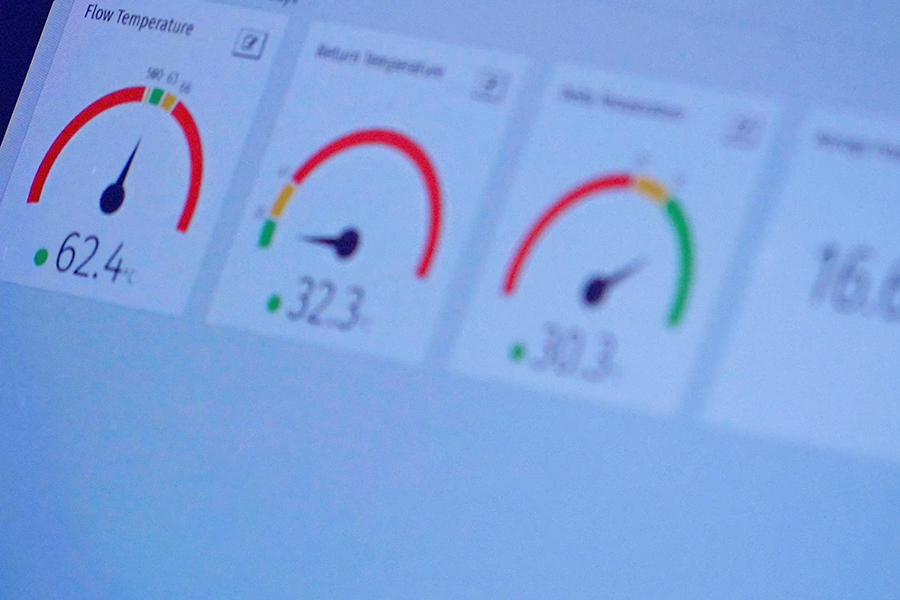Guru Systems technology is part of five successful HNES Round 1 projects
The Heat Network Efficiency Scheme (HNES) is a £32m grant funding scheme to improve the performance of existing heat networks. Guru Systems supported six projects as part of the previous HNES Demonstrator that ran in 2021/22, and we can now confirm that every bid to Round 1 of the main [...]



